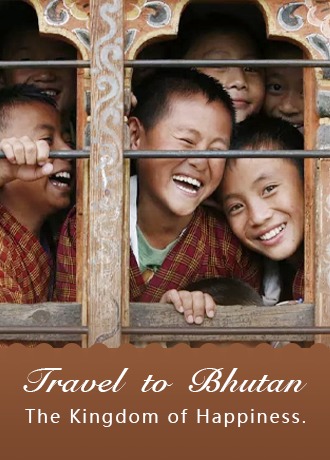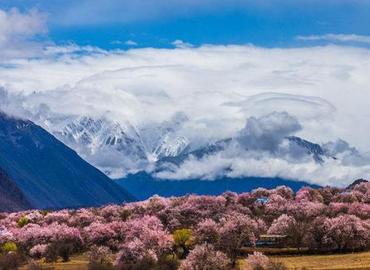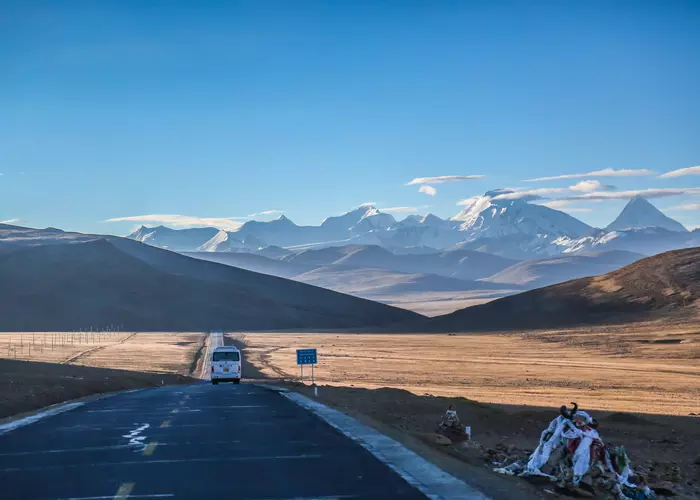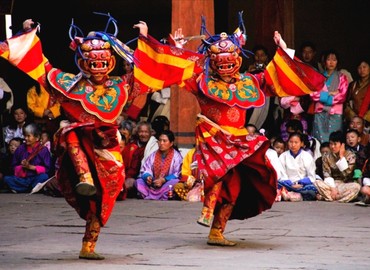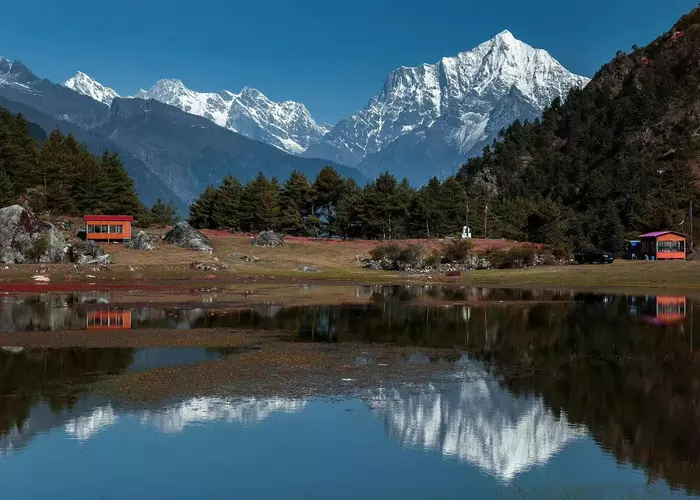Best Time to Visit Bhutan
- Julie
- Last Updated : 05/15/2023
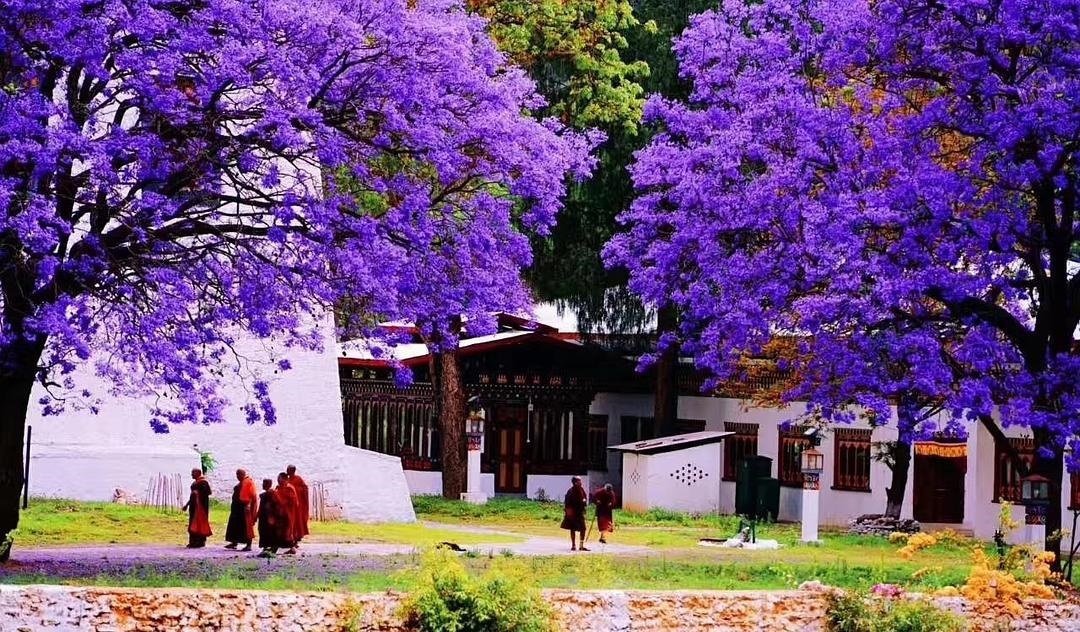
In the eyes of travelers, Bhutan is always so mysterious and beautiful. It seems that it is not in the same world as the outside world. There is no modern atmosphere, only an integration of primitive and nature. People here believe in Tibetan Buddhism, so here the architectural styles are all in Tibetan Buddhism colors, and every scenic spot is related to religion, full of myths and legends. This mysterious eastern country also attracts many people to explore. So when is the best month to visit Bhutan?
Bhutan has mild weather and is suitable to travel all year round. From March to May and from September to November, the weather is good and visibility is high, making it the best season for hiking and trekking. From June to August, it's the rainy season, but you can appreciate the grandeur of blooming flowers and lush vegetation on the mountain. From December to February, it's the coldest period of the year but it's mainly sunny, and you can clearly see the magnificent mountain scenery. In general, the best time to travel to Bhutan depends on the climate, your interest, as well as the destinations or festivals that you want to visit.
Climate Characteristics of Bhutan
Although in the subtropical zone, Bhutan has unique geographical and geological characteristics. Bhutan is located in the southern foothills of the Himalayas, its terrain is high in the north and low in the south, and the altitude changes dramatically, so Bhutan's climate is very different. Coupled with the influence of the warm and humid monsoon current from the Indian Ocean, the climate varies greatly from place to place. At present, the main areas for tourists to travel are basically areas with relatively low altitudes, which are suitable for tourism throughout the year. In Bhutan, you can see different natural landscapes in the plateau cold zone, northern temperate zone, subtropical zone and even tropical zone. Bhutan is mainly divided into three climate zones.
Northern Alpine Climate Region
The northern region is in the high mountainous area of the Greater Himalayas with an altitude of more than 5000 meters, so the temperature here is low throughout the year and belongs to the alpine climate. The population is small, and the climate characteristics are very similar to that of Tibet. Except for adventure and mountain climbing, this area is rarely visited by tourists.
Central Temperate Climate Region
The central valley region, with an altitude between 2000-3000, has a mild and pleasant climate, which is a temperate climate. There is no intense heat in summer or severe cold in winter. The central region is also the culturally and economically most developed region of Bhutan. Conventional tourist routes mainly include visits to this region.
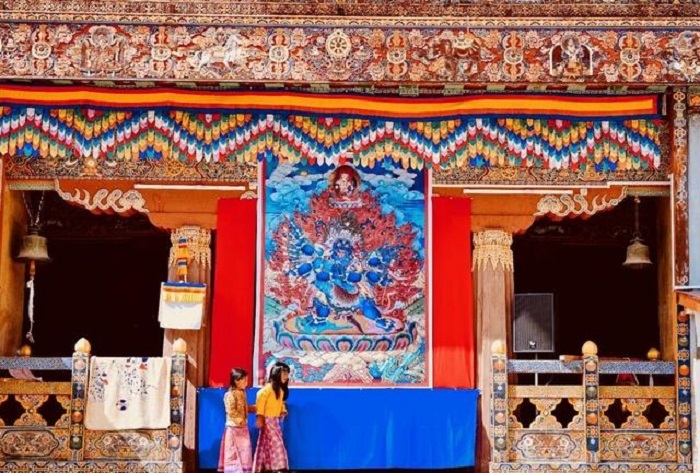
Southern Subtropical Climate Region
The southern region is the hottest place in Bhutan, below 1500 meters. The climate is relatively hot, rainy and humid, which belongs to the subtropical climate. Due to the abundant rain, there are luxuriant plants, making it the main grain-producing area of Bhutan. The southern part borders India, and border trade is relatively developed.
On the whole, Bhutan’s climatic characteristics are still subtropical, and most areas of Bhutan are rainy and humid. There are obvious seasonal characteristics throughout the year. It is also because of the complex terrain here, when you come to Bhutan in the same season, you can see different types of natural landscapes.
Best Time to Travel to Bhutan
There're four distinct seasons in Bhutan. The climate is relatively mild from March to May and September to November each year, which is the best time to travel to Bhutan. And many festivals in Bhutan are also held during this period.
Autumn (September to November)
September to November is the best travel season. In autumn, you can see the most beautiful side of the Himalayas in Bhutan. According to the Ministry of Tourism of Bhutan, most travelers (about 80% of international tourists) want to visit Bhutan in October, so you may need to plan ahead to ensure your preferred accommodation and flights. During this period, adventure activities, rafting, bird watching, photographing, hiking and mountain biking are the most popular among tourists. And black-necked cranes move from the Tibetan Plateau to the protected Phobjikha Valley for the winter every autumn. And they would stay here from late October to early February. Especially in November, there's a special festival held in Gangtey every year to celebrate the arrival of the black-necked crane bird.
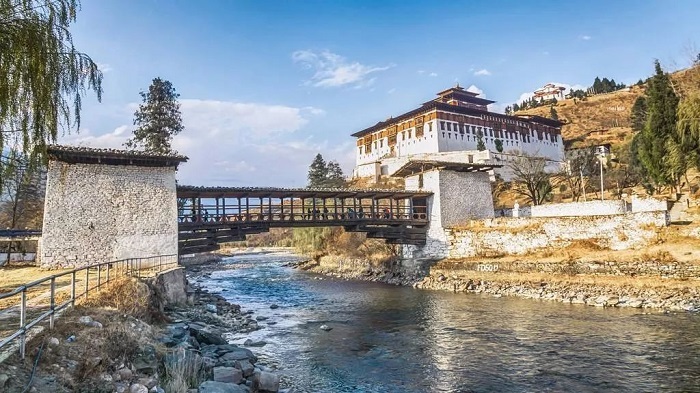
Spring (March to May)
March to May is also a popular season for tourists when the climate is warm and pleasant. Spring heralds beautiful blooms on the hillsides and valleys, and jacarandas in particular add a fragrant glow to the surroundings. In late May, temperatures and humidity rise slightly, but rhododendrons and jacarandas are still in bloom.
Winter (December to February)
December to February is the ordinary season to travel to Bhutan. The northern and eastern regions will be temporarily closed to tourists due to snow. But it is a good time to visit Paro and Thimphu in central Bhutan. The clear sky is a reward for those who're brave to travel in low temperatures. The temperature in the valley is warmer and the sun shines bright. If you are lucky, you will see incredibly clear views of the Himalayas. Due to the lower temperature, the number of tourists will be lower. Traveling to Bhutan during this time can save a lot of travel expenses.
Summer(June to August)
Summer is the low season in Bhutan. If you choose to travel during this period, the monsoon rain will be added to your itinerary from time to time, which is not ideal for hiking, but sightseeing is possible. Nevertheless, the green farmland and lush forest are also beautiful scenery. In summer, the number of visitors is gradually decreased, and its relatively lower price also makes it a perfect and feasible time to visit. In July, you can see the beauty of alpine rhododendron blooms.
Here's the monthly temperature chart throughout the year.
| Items | Spring | Summer | Autumn | Winter |
| Average max.Temperature(℃) | 19℃ | 25℃ | 24℃ | 16℃ |
| Average mini. Temperature(℃) | 7℃ | 16℃ | 15℃ | 4℃ |
| Average total precipitation(mm) | 49 | 245 | 409 | 90 |
| Average number of precipitation(day) | 12 | 37 | 52 | 9 |
Best Time for Trekking in Bhutan
The best time to trek in Bhutan is from March to April and October to November, during which the temperature ranges from 10 ℃ to 20 ℃ . Bhutan is more humid than Tibet and Nepal, so the trekking season is relatively short and it is more difficult to hike in the snowy and rainy seasons. However, if you want to appreciate the grandeur of blooming flowers on the mountain, you can go to Bhutan during the rainy season from July to August.
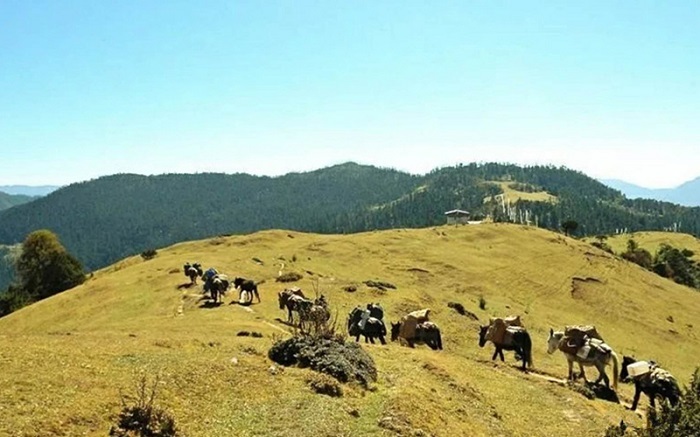
Best Time to Visit Festivals in Bhutan
If you travel to Bhutan during traditional folk festivals, you can integrate into the locals, and feel the strong atmosphere of traditional Bhutanese festival celebrations. The more important traditional folk festivals in Bhutan include:
- Punakha Tsechu Festival: February ~ March
- Paro Tsechu Festival: March ~ April
- Ura Festival Bumthang Festival: April ~ May
- Thimphu Tsechu Festival: September ~ October
- Jambay Lhakhang Drup Bumthang: October ~ November
- Annual Black-Necked Crane Festival: November ~ December
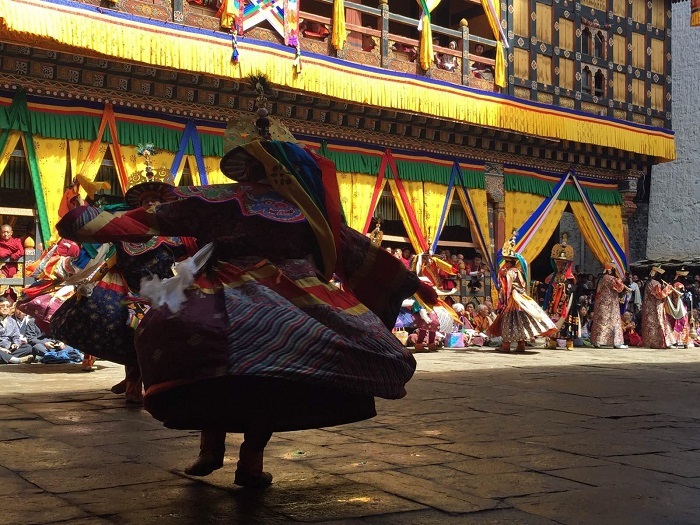
These traditional folk festivals are held according to the time of the Bhutanese calendar. If you are interested in participating, please check the specific holiday time with your travel agency in advance.
Bhutan has a sparse population, with only more than 700,000 people in the country, but during the festival, there are huge crowds of people. Bhutanese are all dressed up to join the festival. In addition to the traditional Buddhist dance and mask dance performances, there are also traditional songs and dance performances by people from all over Bhutan. Visiting Bhutan during the festivals is also a good opportunity to understand the life of Bhutanese, and take portraits. The most important festival is the Paro Tsechu Festival, which is usually held at the end of March or early April, as well as the Thimphu Tsechu Festival, which is held at the end of September or the beginning of October. Those two periods are also the most prosperous seasons for tourism in Bhutan.
Conclusion
March to May and September to November is the best season to visit Bhutan for its mild climate. The temperature during the day is between 20 ℃ to 28 ℃, you can see the snow-capped peaks and the blue sky, very spectacular. This period is the peak season for joining festivals in Bhutan, and it is also the best season for hiking. There are the most tourists, so you need to plan your trip in advance.
Email response within 0.5~24 hours.


